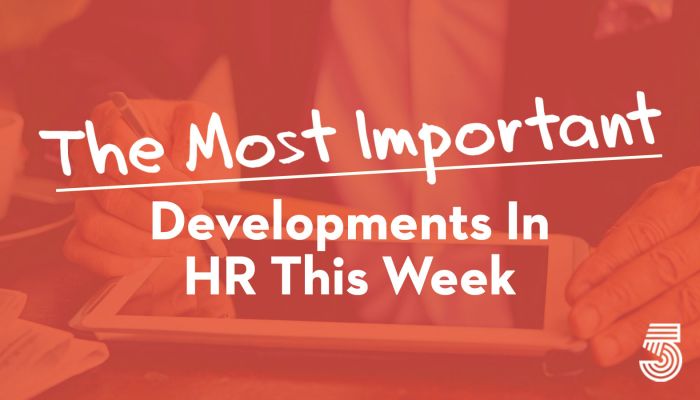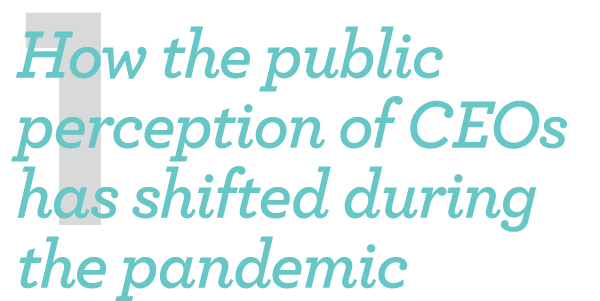
As the coronavirus has radically reshaped the economy, some companies have adapted better than others — and some CEOs have performed better as leaders. A new ranking from SJR, a corporate communications firm, compares the public perception of CEOs based on an analysis of millions of social media posts and articles, and it compares how leaders were seen both immediately before COVID-19 was declared a global pandemic and in the six weeks afterward. Each CEO was scored from zero to 100, and in several cases, scores shifted dramatically from January and February to March and early April. Verizon CEO Hans Vestberg moved up 36 spots after the global pandemic was declared, from 40th on the list to number 4. Nike’s new CEO, John Donahoe, moved from 18th to 1st on the list. Jeff Bezos, who has been criticized because several warehouse workers have contracted the virus and some have died, moved from 59th on the list to 87th. Walmart CEO Doug McMillon, despite facing some similar criticism and worker strikes, was perceived as caring more about workers and moved from 57th on the list to 17th. The company was early to implement a COVID-19 paid leave policy in March and has also paid bonuses to hourly workers. “In the marketing world, we moved from this thinking of being all about consumers to this journey about stakeholders,” says SJR CEO Alexander Jutkowitz. “Now, I actually think that there’s a third leg of that stool, and that’s the talent or the employees of an organization. If you look at the list, those that acted in a better fashion, and in a more dynamic fashion, and more engaged fashion with their own employees, that mattered.” Fast Company
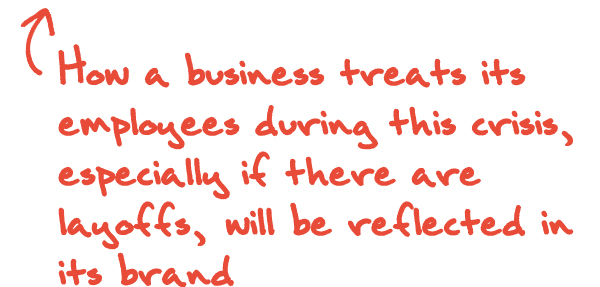
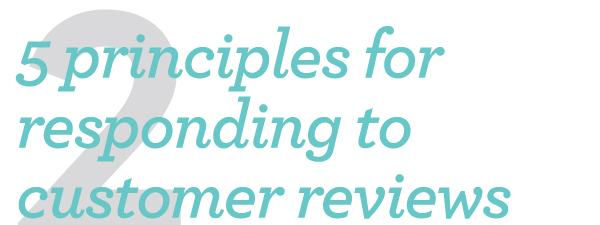
Understanding how to respond to online reviews is essential for businesses across all industries. Indeed, 89% of consumers read business responses to online reviews. How should manager responses differ for positive and negative reviews? How does manager response time impact online reputation? Should manager response times differ for positive and negative reviews? While some online platforms, like TripAdvisor, Yelp, and Google, offer managers general guidance on how to respond to online reviews, answering these questions has — until now — been far from easy. To help managers responsible for responding to customer reviews, we examined more than 20 million online reviews across four different platforms: TripAdvisor, Expedia, Hotels.com, and Orbitz. Based on the analyses of the length and the content of manager responses for each online review, we offer five principles that can enhance online reputation regardless of platform: Address a positive review by providing a generic, short response. (Too much can cause a negative effect). Delay responses for positive reviews. (This counteracts the negative effect). Respond to all negative reviews. Address the negative review by providing a tailored solution to the complaint. Respond quickly to negative reviews. HBR

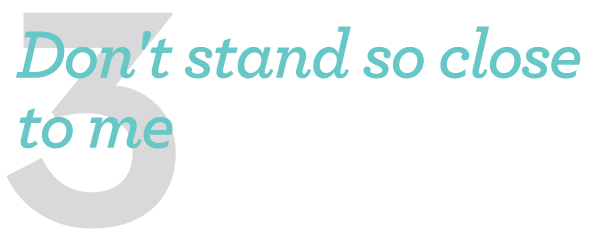
Office working and social distancing really do not mix. The reason why offices exist is to bring colleagues together so they can collaborate. So when employees start to return as pandemic-related restrictions are lifted, they will face a host of challenges. Start with the basics: getting into the building. In most offices a lot of people tend to leave and arrive at the same time. Keeping them six feet (two metres) apart as they enter may require a queue in the street. Many workers will want to avoid public transport until the pandemic fades from memory, so may cycle to work. But even where offices have changing rooms, they tend to be fairly cramped. Lifts are an even bigger choke-point. In normal circumstances people who work in high-rises are accustomed to a long wait to reach the top floors. If lifts can only carry two or three people at a time, that wait would lengthen. And imagine the hassle if a group of visitors arrives at once. When workers make it to their desks, there is another problem. In recent years offices have been increasing density. The space per workstation in Britain decreased by around a quarter in the decade to 2018. But social-distancing rules may drastically reduce the number of people offices can accommodate. Nick Jackson of Arup, an engineering and architectural group, says a two-metre space between desks in a central London office building may reduce the number of staff it can host to 30-35% of the pre-pandemic total. In the short term, these problems have an obvious answer: let people work from home, or bring them into the office in shifts (maybe two days a week). The trickier question is whether office design will change in the longer run. The Economist
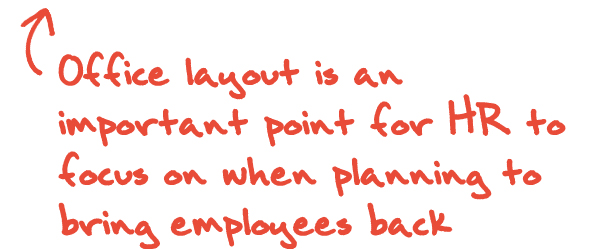
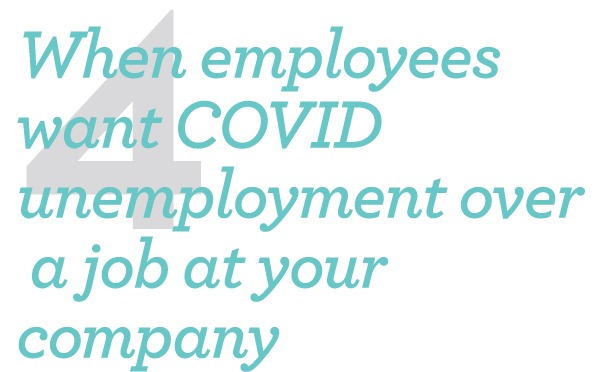
With the federal enhancement to unemployment, workers in more than half of US states will receive, on average, more than they were earning while employed, according to The New York Times. From the article: “Marcus Anthony, a 48-year-old warehouse worker in Macon, Georgia, said he was receiving $300 more weekly in unemployment benefits than he would with his regular paycheck. He said he’s feeling conflicted about his eventual return to work. And this: “Miriam G. said she initially felt relieved when she was spared from layoffs at the public-relations firm where she worked in New York City and instead given a pay cut. Now, she’s thinking her laid-off colleagues might be better off. Add to this employers who thought they were heroes by getting a loan to continue operations through the Payroll Protection Act, only to find their employees angry that they would remain employed rather than go into unemployment due to the pay differential, and it’s clear — employers have a lot to consider. Simply put, the people who never blinked and valued the job over the unemployment compensation are the building blocks of your company moving forward. There’s something in them that made them value the job over all else. They’re who you build around coming out of this. Fistful of Talent

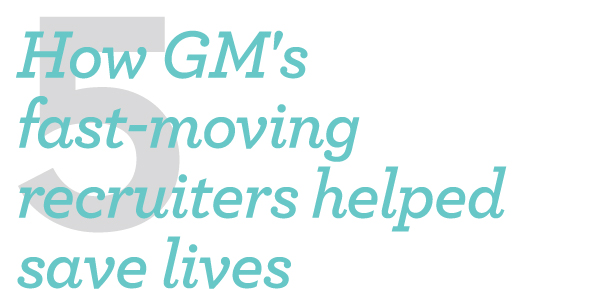
For recruiters, finding talent is always critical. But recently, for the recruiting team at General Motors, it became a matter of saving lives. In mid-March, GM and Ventec Life Systems of Bothell, Washington, began working on a plan to rapidly expand production of Ventec’s VOCSN critical care ventilators to help COVID-19 patients in the United States. Virtually overnight, a small group of GM recruiters started looking for production workers in and around the city of Kokomo, Indiana. The team employed hustle, creativity, and grit to find the right people to make a highly sophisticated piece of life-saving equipment that is unlike anything else GM produces. They worked long hours, met unexpected obstacles, and, miraculously, went from posting jobs to shipping hundreds of FDA-approved VOCSN V+Pro ventilators in just three weeks. They simply refused to say no. “There were many challenges along the way,” says Ashley Winnett, GM’s global head of talent acquisition, “but knowing that if we didn’t begin shipping in April, there was a potential someone would have died, and that was more stressful than anything I’ve ever faced.” More than 600 ventilators were shipped to hospitals and FEMA by the end of April. By the end of August, GM expects to deliver 30,000 ventilators to the U.S. government. Ashley takes pains to focus on the heroics of the frontline healthcare professionals who are putting the GM-made ventilators to life-saving use, yet his recruiters have more than earned a shout-out too. They have assembled two full shifts of 300 workers each and are now pulling together a third shift. LinkedIn Talent Blog







